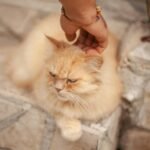Have you ever wondered if your cat truly loves you, or if they’re just using your home as a luxury hotel? The answer might surprise you! Cats are often called mysterious and aloof, but the truth is, our feline friends are brimming with complex emotions. If you’ve ever caught your cat gazing at you with those big, soulful eyes or following you from room to room, you may have already witnessed the emotional bonds they can form. Today, we’re diving deep into the emotional world of cats. Get ready to discover the subtle (and sometimes not-so-subtle) reactions that reveal just how attached your kitty really is!
Slow Blinking: The Ultimate Kitty Kiss

When your cat looks at you and slowly closes and opens their eyes, it’s not just a sleepy gesture—it’s a heartfelt message. Slow blinking is often called the “cat kiss,” and researchers believe it’s a way for cats to show trust and affection. Imagine a friend giving you a soft smile from across the room; that’s the feline equivalent! When your cat does this, they’re telling you they feel safe and comfortable in your presence. You can strengthen your bond by slow blinking back. Many cat lovers find that copying the gesture makes their cat even more relaxed and affectionate. This simple exchange builds a language of love between you and your pet.
Following You Everywhere: The Loyal Shadow
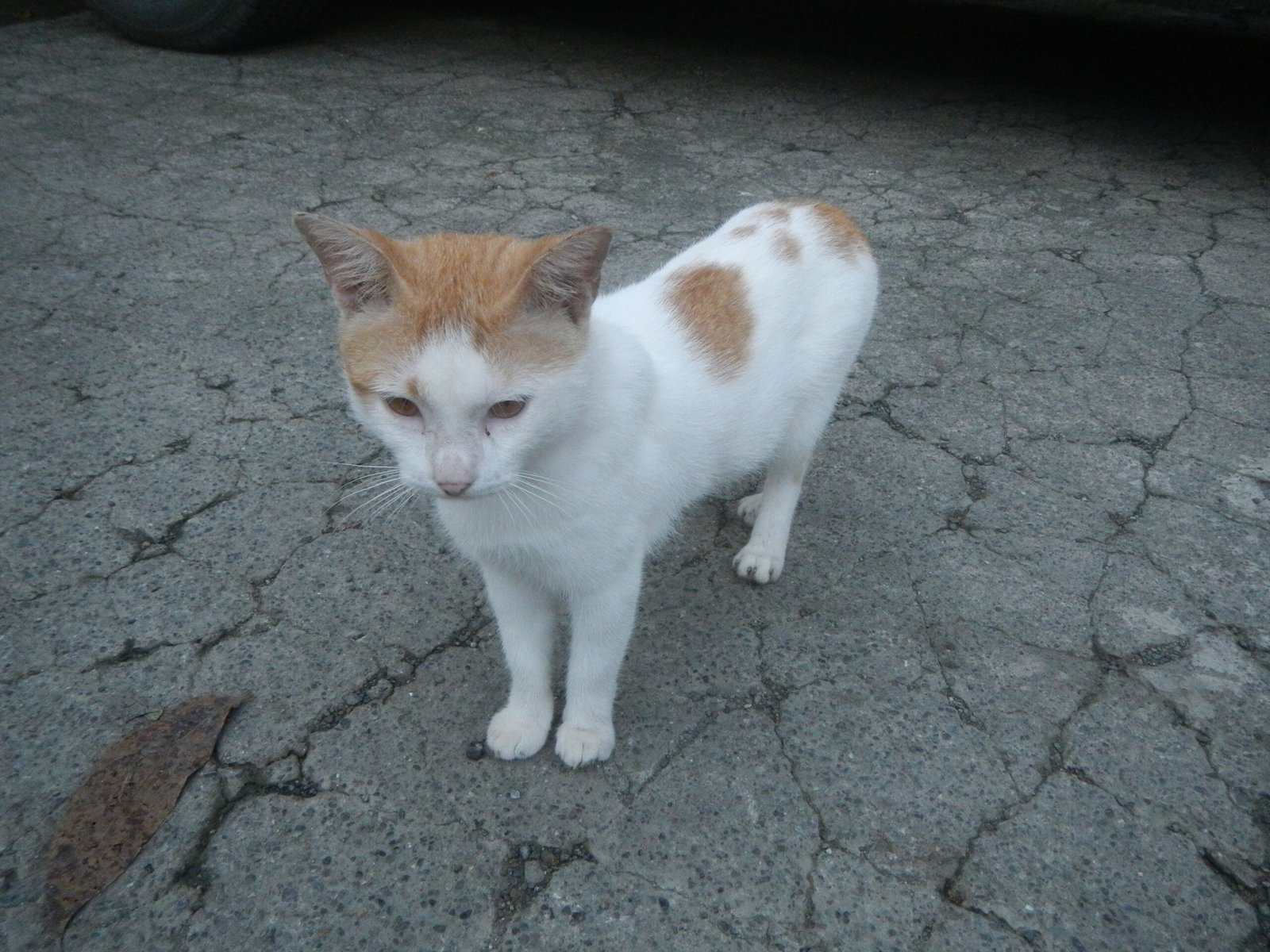
Have you ever noticed your cat trailing behind you, whether you’re going to the kitchen or just moving to another room? This behavior is a clear sign of attachment. Cats are naturally curious, but if your kitty insists on being near you at all times, it’s an emotional reaction rooted in affection. Think of it like a child following a parent—they want to be where you are because you’re their source of comfort. Even when cats pretend to be indifferent, their desire to stay close says otherwise. Some cats will even wait outside the bathroom door, showing just how much your presence matters to them.
Bringing You “Gifts”: The Hunter’s Offering
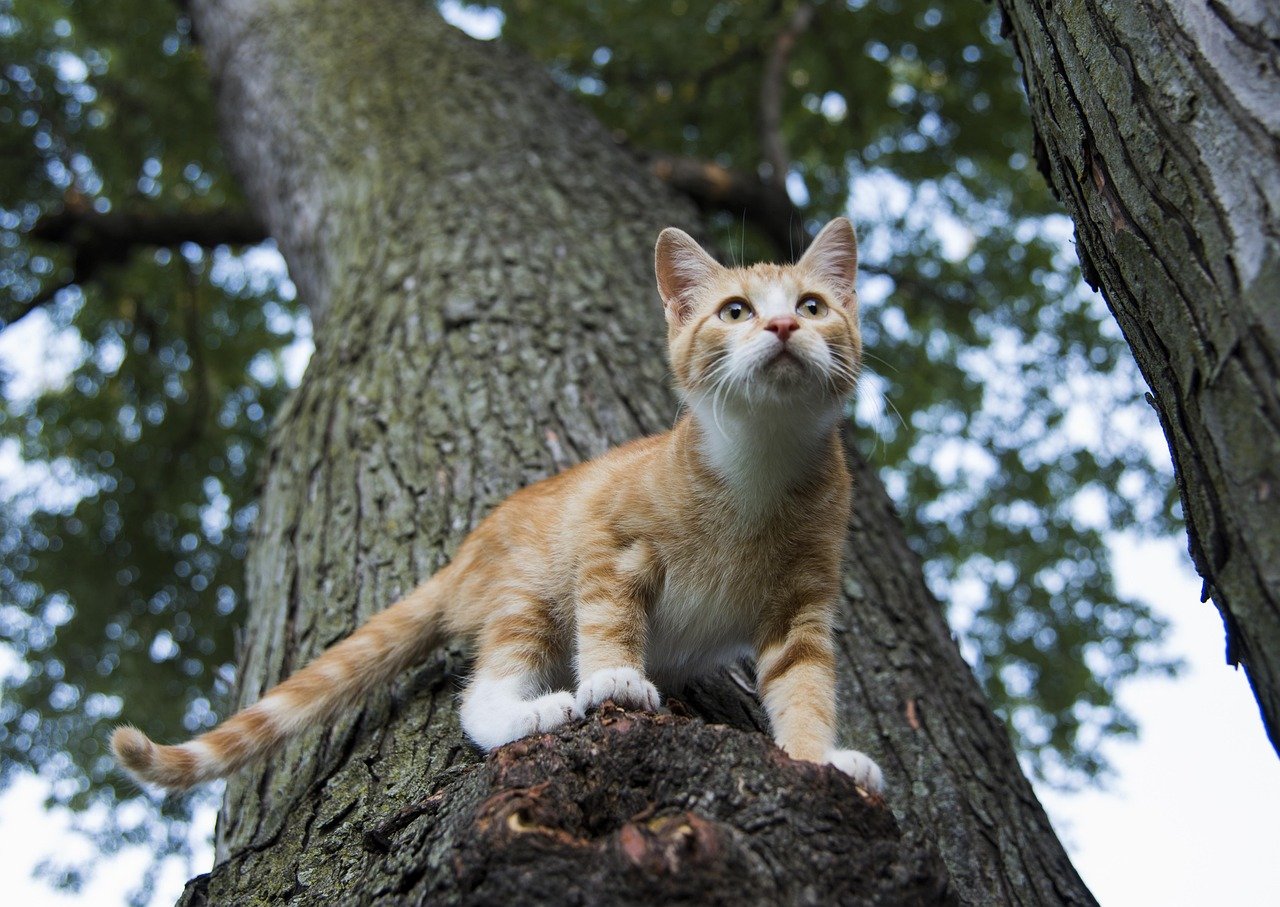
One of the most surprising emotional displays is when your cat brings you a “gift.” Whether it’s a toy, a feather, or unfortunately, something they caught outside, this gesture is packed with meaning. In the wild, cats share food with those they care about. By dropping a treasure at your feet, your cat is not only showing off their hunting prowess but also including you in their circle of trust. Although these gifts aren’t always pleasant, they’re a genuine sign of attachment. Your cat wants to share their success and sees you as a member of their family.
Head Bumping and Rubbing: The Affectionate Greeting

When your cat bumps their head against you or rubs their cheeks on your hand, they’re doing more than marking territory. This behavior, known as bunting, is one of the most loving gestures a cat can offer. Cats have scent glands on their heads and faces, and by rubbing against you, they’re mixing their scent with yours—a sign of deep trust and affection. It’s as if your cat is saying, “You belong to me, and I belong to you.” This gentle touch can be incredibly comforting and is a clear, physical demonstration of your cat’s emotional attachment.
Purring in Your Presence: The Soothing Song

The soothing sound of a cat’s purr is like a warm hug for the soul. While cats may purr when they’re content, they often reserve their loudest, most relaxed purrs for the people they’re closest to. When your cat curls up on your lap and starts to purr, it’s their way of expressing happiness and security. Purring can even be a way for cats to self-soothe, and your presence is often what triggers this reaction. Researchers believe that the vibrations from purring may also help heal and comfort both cats and their humans, making this emotional reaction a true win-win.
Kneading You with Their Paws: The Kitten Memory
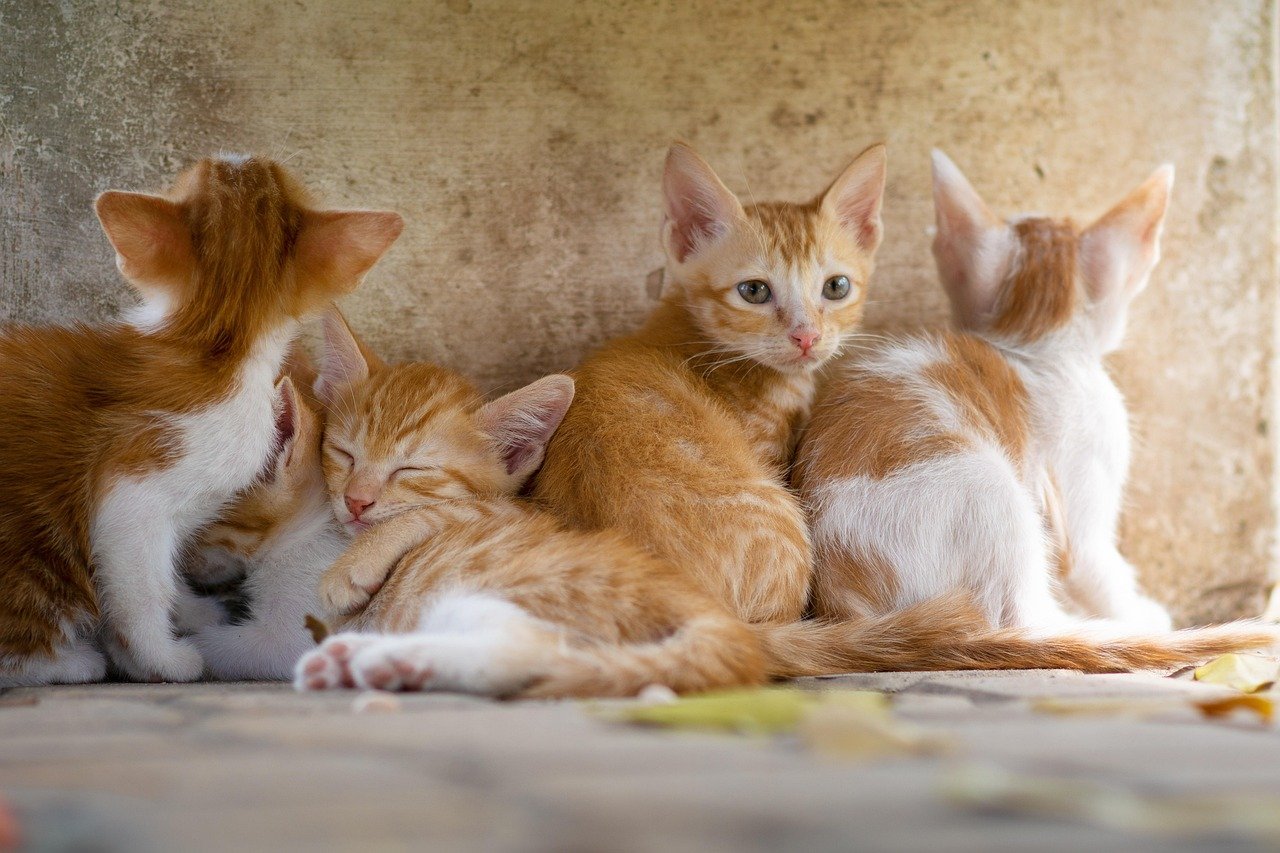
Ever had your cat press their paws into your lap or stomach, alternating in a rhythmic motion? This action, called kneading, harks back to kittenhood when cats knead their mothers to stimulate milk flow. Adult cats carry this behavior into their relationships with people they love. When your cat kneads you, it’s a sign they see you as a source of comfort and safety. It’s their way of saying, “You make me feel at home.” The feeling of those soft paws pressing into you is both soothing and a touching display of feline affection.
Grooming You: The Trusting Touch

If your cat licks your hand, your hair, or even your face, consider yourself lucky! Grooming is a deeply personal behavior that cats usually reserve for those they trust completely. In the wild, cats groom each other to strengthen social bonds and to show care. When your cat grooms you, they’re treating you like one of their own. It’s their way of saying, “You’re family.” While a rough cat tongue might feel strange, the trust behind this action is powerful. It’s a clear sign your cat is emotionally attached to you.
Sleeping on or Near You: The Ultimate Vulnerability

Cats are at their most vulnerable when they’re asleep, so where they choose to nap says a lot about how safe they feel. If your cat curls up on your lap, next to your pillow, or even on your chest, it’s a powerful sign of attachment. They’re letting their guard down completely, trusting you to protect them while they rest. This behavior can be incredibly heartwarming, especially when you realize your cat could have chosen anywhere in the house. By picking you, they’re expressing a deep-rooted bond and a sense of belonging.
Meowing and Chirping: The Special Language

Did you know that cats rarely meow to each other in adulthood? Meowing is a behavior cats develop mainly to communicate with humans. If your cat talks to you with meows, chirps, or even trills, they’re trying to tell you something. Each sound has its own meaning, and attentive owners often learn to recognize their cat’s “hello,” “feed me,” and “I love you” meows. This vocal communication is a sure sign your cat sees you as part of their social circle. It’s their way of keeping in touch and deepening your emotional connection.
Tail Language: The Emotional Barometer
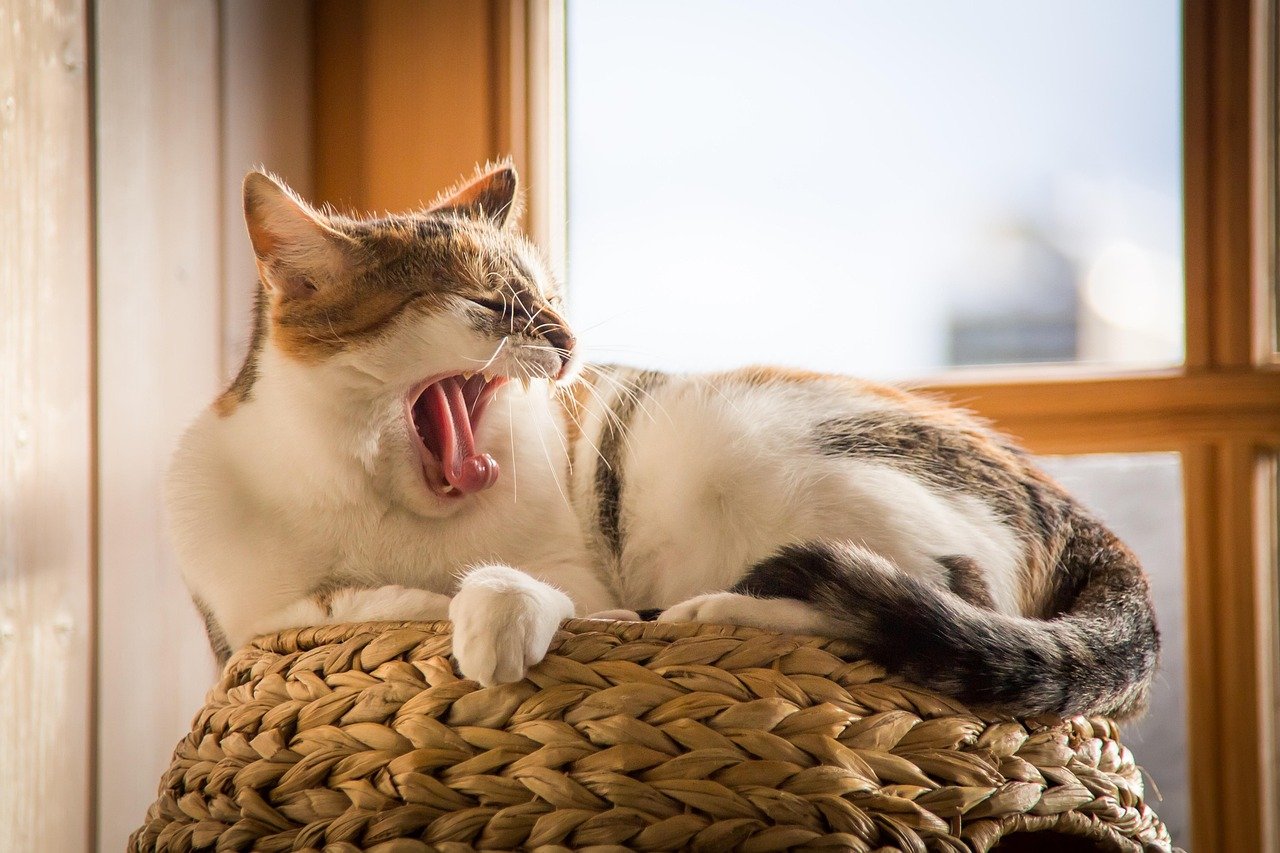
A cat’s tail is like a mood ring, revealing their emotional state. When your cat greets you with their tail held high, sometimes with a little hook at the end, it’s a sign of happiness and affection. A quivering tail or a tail wrapped around your leg shows excitement and attachment. Observing your cat’s tail movements can help you understand how they feel about you. The more relaxed and expressive their tail, the more secure they are in your presence. It’s a silent, yet incredibly expressive, way they show their love.
Rolling Over and Exposing Their Belly: The Trust Test
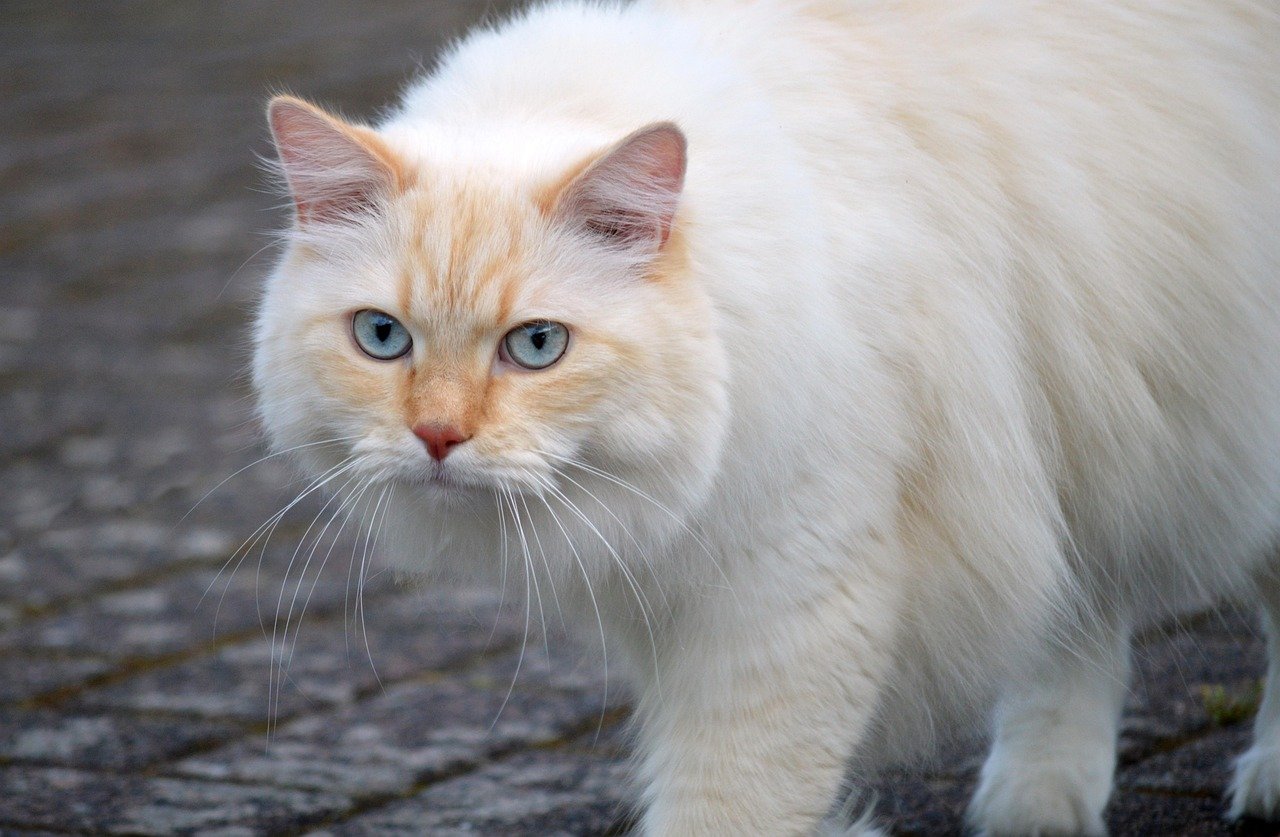
When a cat rolls over and shows their belly, it’s a gesture loaded with trust. The belly is the most vulnerable part of a cat’s body, so exposing it is a sign they feel completely safe. This isn’t always an invitation for belly rubs (many cats prefer to keep that spot untouched), but it’s a powerful emotional statement. Your cat is telling you they trust you implicitly. Seeing your feline friend flop onto their back, paws in the air, is both adorable and deeply meaningful.
Greeting You at the Door: The Warm Welcome
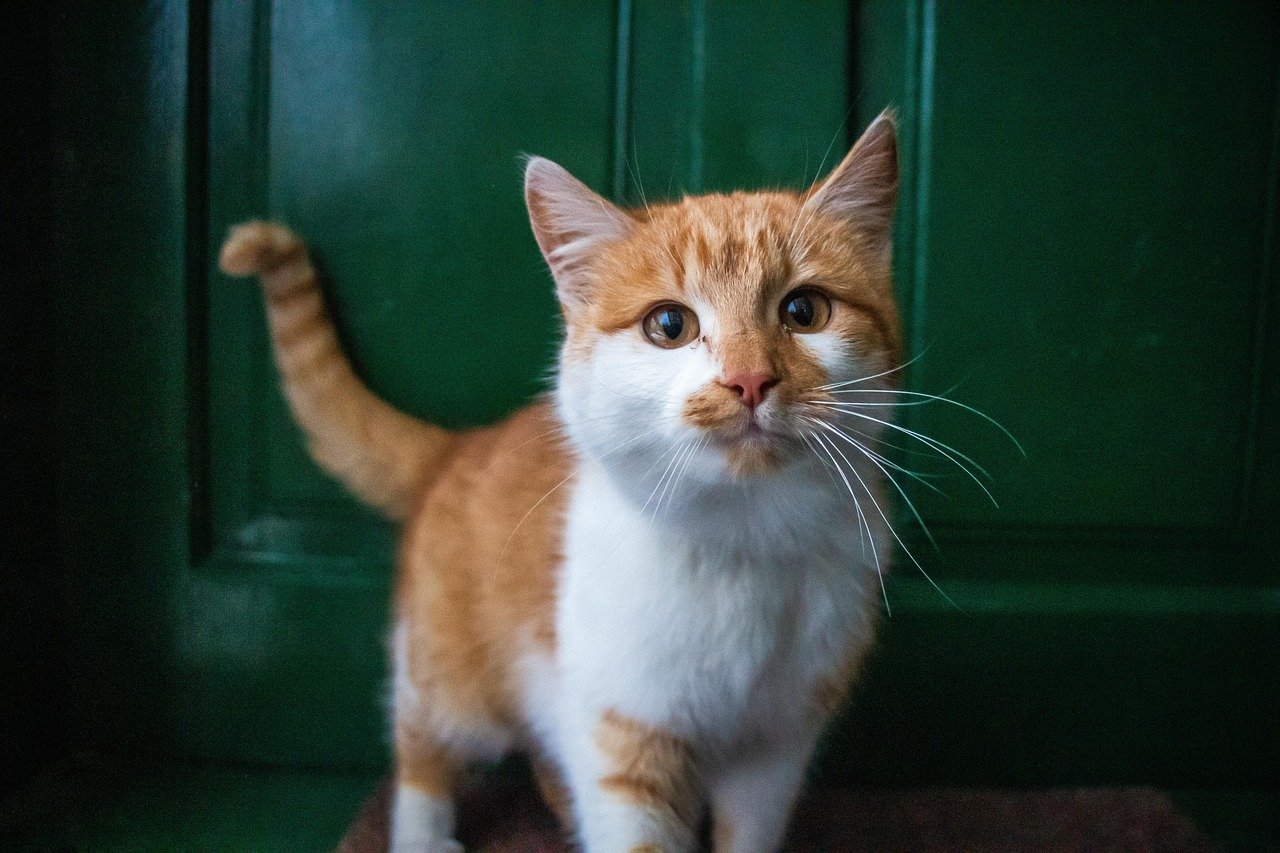
There’s nothing quite like coming home to a cat waiting eagerly by the door. This behavior is a classic sign of attachment. Your cat has missed you and wants to be the first to welcome you back. Some cats will meow, rub against your legs, or even bring a favorite toy as part of their greeting ritual. This enthusiastic reception is a clear indicator that you play a significant role in their world. It’s their unique way of saying, “I’m glad you’re home.”
Protective Behavior: The Guardian Instinct
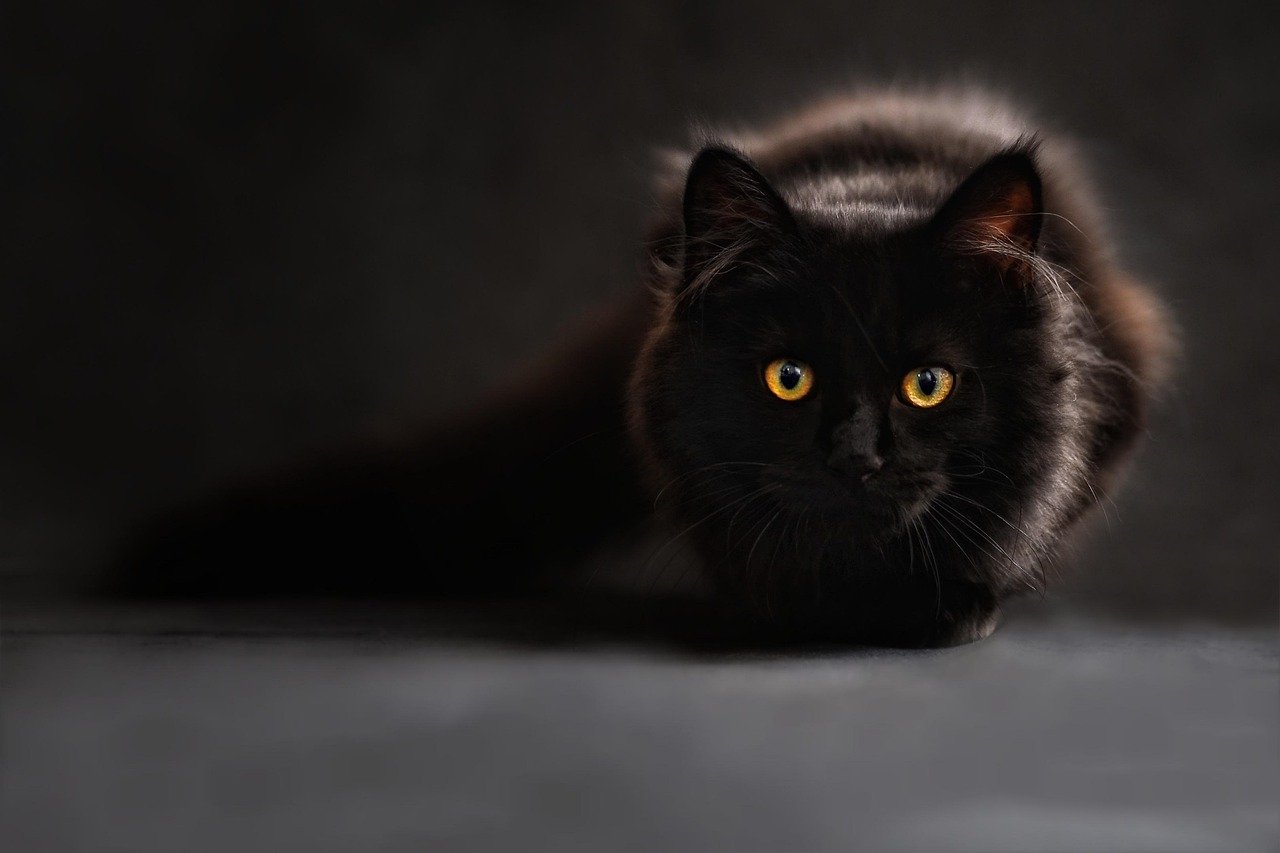
Some cats develop a protective streak toward their favorite humans. They may position themselves between you and strangers, or keep a watchful eye when visitors come into your home. This behavior is rooted in a strong bond and a desire to keep you safe. It’s not as obvious as a barking dog, but it’s just as meaningful. When your cat acts as your silent guardian, it’s a touching sign of their deep emotional attachment and loyalty.
Display of Jealousy: The Competitive Side

Ever noticed your cat acting out when you pay attention to another pet or even a new person? Jealousy is a surprisingly common emotional reaction in attached cats. They might try to wedge themselves between you and your smartphone, or insist on sitting on your keyboard. This behavior is their way of reminding you that they want to be your number one. While it can be a little inconvenient, it’s also a testament to how much your attention means to them.
Mirroring Your Mood: The Empathetic Companion

Cats are keen observers and often mirror the emotions of their favorite people. If you’re feeling down, your cat might become more affectionate or curl up quietly beside you. They can sense changes in your tone, body language, and energy. This kind of emotional syncing is a clear sign of attachment. Your cat wants to be there for you, just as you are for them. Their empathy is a gentle reminder of the powerful bond you share.
Playful Attacks: The Loving Pounce

Play is a crucial part of a cat’s emotional expression, and when your cat playfully pounces on you or brings you toys, it’s showing attachment and trust. These playful attacks aren’t meant to hurt—they’re invitations to interact and share special moments together. Play strengthens your bond and allows your cat to express joy and affection. If your cat chooses you as their playmate, it’s a sure sign you’re at the center of their world.
Chirping at Birds With You: The Shared Excitement

If your cat joins you at the window and chirps or chatters at birds together, it’s more than just a hunting instinct. This shared experience is a way for your cat to bond with you over a mutual interest. Watching the outside world becomes a team activity, filled with excitement and curiosity. Your cat values your company and wants to include you in their daily routines. This simple act of sharing makes your connection even stronger.
Seeking Comfort During Storms: The Safe Haven
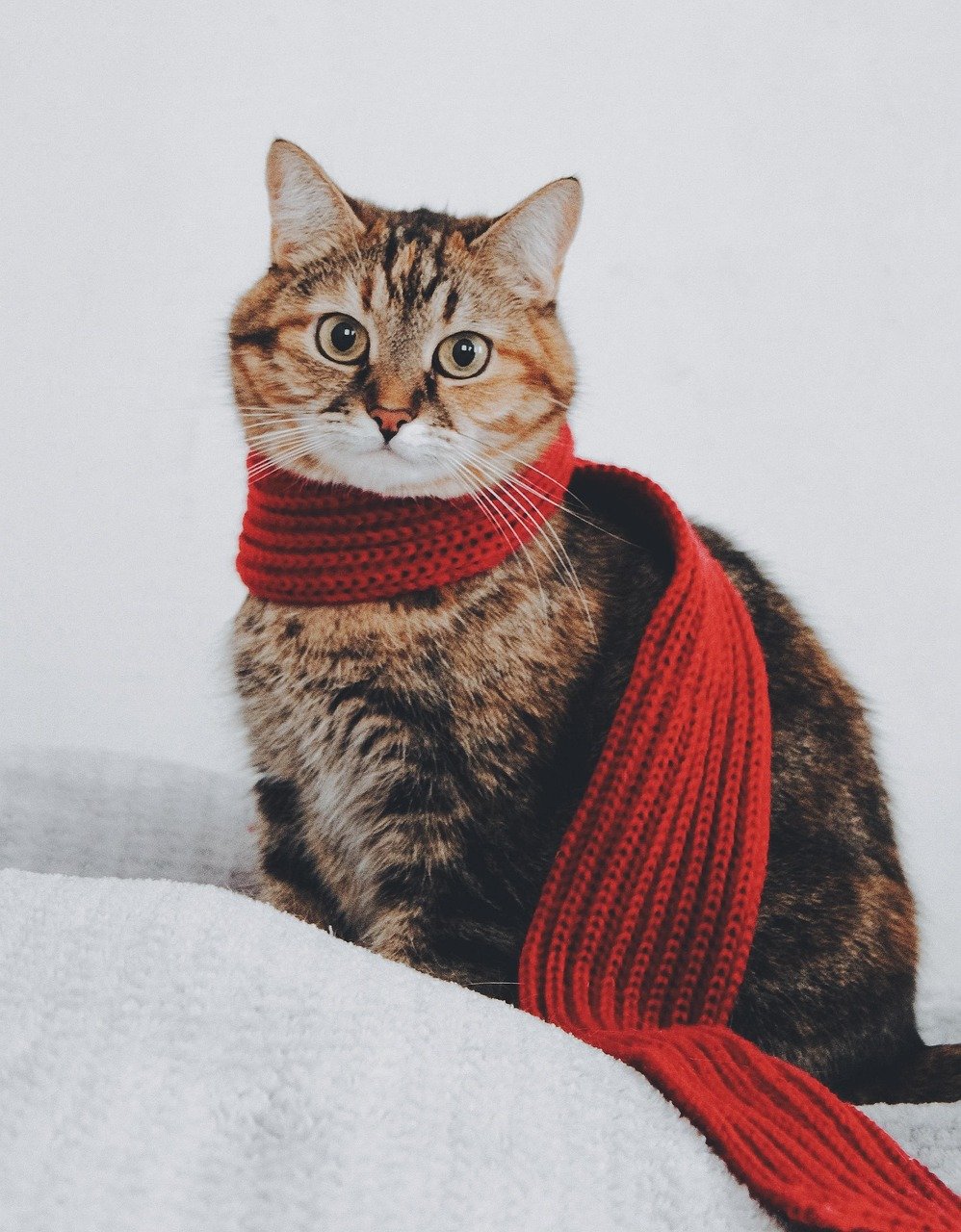
Thunderstorms, fireworks, and loud noises can terrify even the bravest cats. If your cat runs to you for comfort during these stressful times, it’s a powerful sign of emotional attachment. They see you as their protector and source of reassurance. By curling up in your lap or hiding near you, your cat is saying, “I trust you to keep me safe.” This vulnerable moment speaks volumes about your role in their life.
Waiting for You to Wake Up: The Morning Ritual

Some cats make it their mission to be the first thing you see when you open your eyes. Whether they’re gently tapping your face or sitting quietly by your side, this morning ritual is a sign of deep attachment. Your cat wants to start the day with you and share in the first moments of your routine. It’s their special way of saying, “You’re important to me.” Even if it’s sometimes an early wake-up call, this gesture is filled with love.
Making Biscuits on Your Blanket: The Comfort Routine

When your cat kneads a soft blanket, pillow, or even your sweater, they’re recreating the comforting feelings of kittenhood. This behavior, often called “making biscuits,” is a self-soothing action that cats associate with feelings of safety and happiness. If your cat chooses to knead on something that smells like you, it’s an extra sign of attachment. They’re surrounding themselves with your scent, finding comfort in your presence even when you’re not right there.
Soft Whisker Touches: The Gentle Connection

Sometimes, the smallest gestures speak the loudest. When your cat gently brushes their whiskers against your face or hand, it’s a subtle yet intimate sign of emotional attachment. Whiskers are highly sensitive, and cats only use them to explore things they trust. These soft touches are like a gentle “hello” or “I’m here with you.” Paying attention to these quiet moments can reveal just how deeply your cat is connected to you.
Hi, I’m Bola, a passionate writer and creative strategist with a knack for crafting compelling content that educates, inspires, and connects. Over the years, I’ve honed my skills across various writing fields, including content creation, copywriting, online course development, and video scriptwriting.
When I’m not at my desk, you’ll find me exploring new ideas, reading books, or brainstorming creative ways to solve challenges. I believe that words have the power to transform, and I’m here to help you leverage that power for success.
Thanks for stopping by, Keep coming to this website to checkout new articles form me. You’d always love it!



